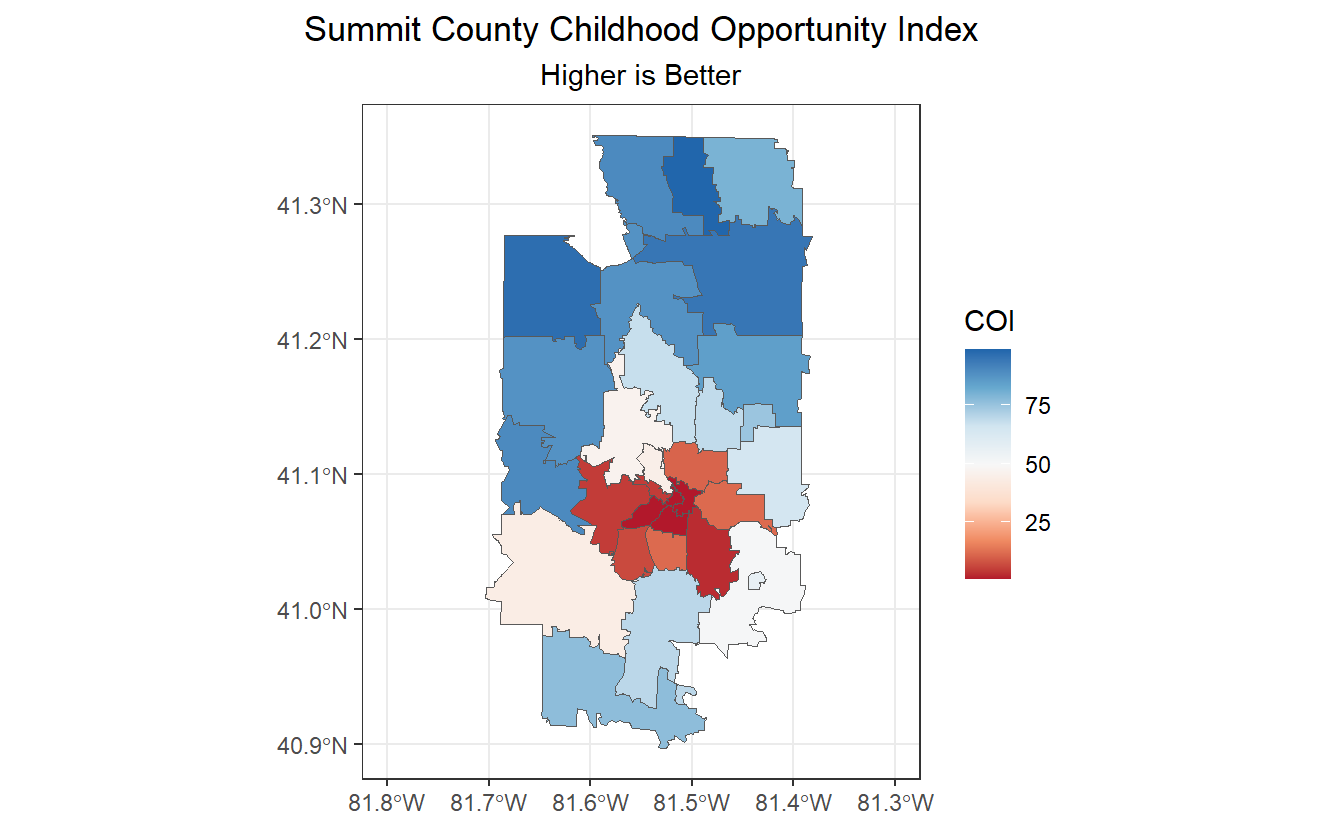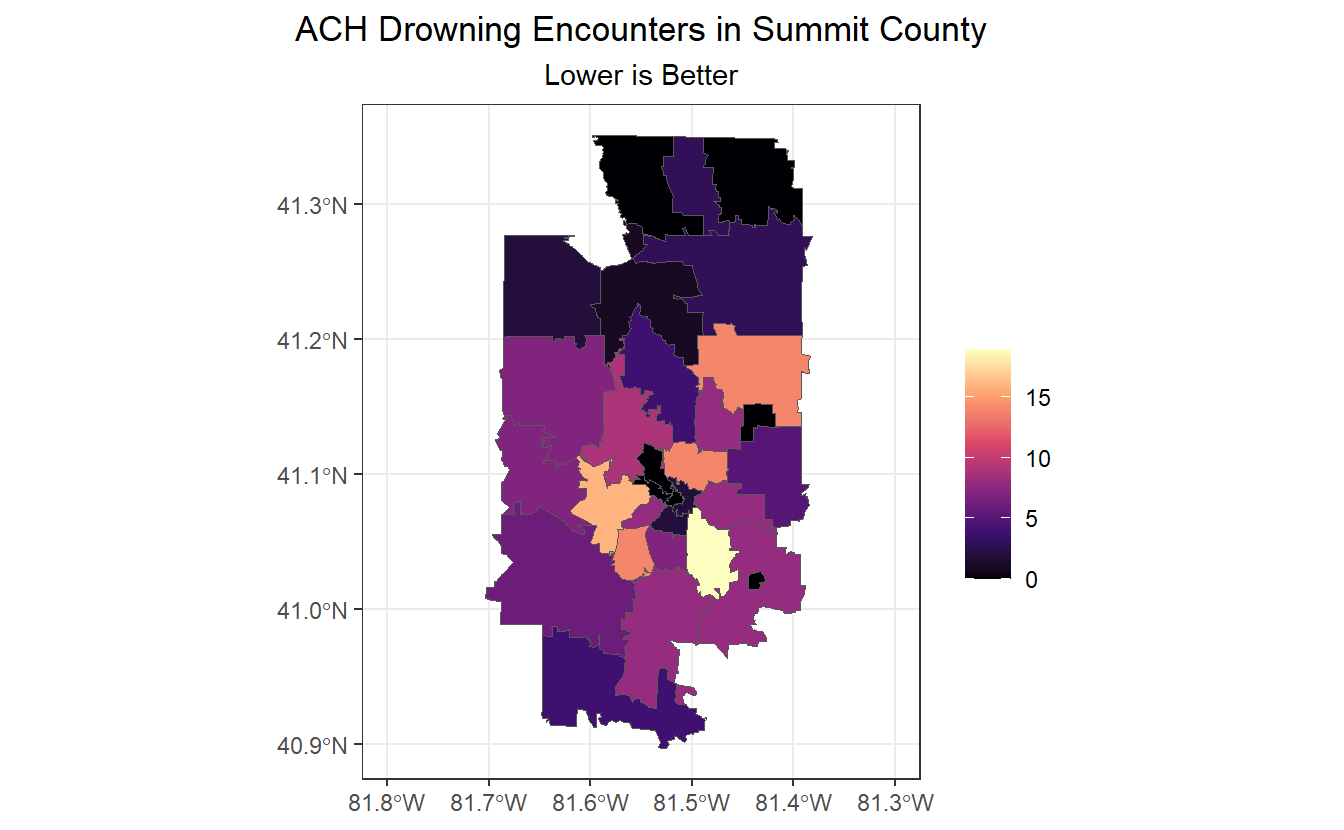Health Equity/Social Determinants of Health 4
Session: Health Equity/Social Determinants of Health 4
702 - No More Drownings: An Evidence-Based Injury Prevention Program
Sunday, April 27, 2025
8:30am - 10:45am HST
Publication Number: 702.5630
Charles Foust, Akron Children's Hospital, Shaker Heights, OH, United States; Jessica Debski, Akron Children's Hospital, Akron, OH, United States; Pelletier Jonathan, Akron Children's Hospital, Akron, OH, United States; Kara Weichler, Akron Children's Hospital, Akron, OH, United States; Michael L. Forbes, Northeast Ohio Medical University, Akron, OH, United States; Miraides Brown, Akron Children's Hospital, Akron, OH, United States; Rylan G. Roberts, Akron Children's Hospital, Cuyahoga Falls, OH, United States; Danielle Maholtz, Akron Children's Hospital, Akron, OH, United States

Charles Foust, DO (he/him/his)
Resident
Akron Children's Hospital
Shaker Heights, Ohio, United States
Presenting Author(s)
Background: Drowning is the second leading cause of unintentional injury deaths in children and adolescents in the United States. Drowning rates differ among children of different races, income and rurality. Efforts to reduce drowning are a component of the CDC’s Public Health 3.0 framework.
Objective: To map drowning admissions to a tertiary children’s hospital and identify high-risk zip-codes for future public health interventions.
Design/Methods: This was a single center retrospective study of drowning encounters in two affiliated emergency departments from 2013-2023. Encounters were described with summary statistics. Proportions were compared with chi-square or Fisher exact tests as appropriate. The patient’s home address was geocoded to the nearest zip code. The zip-code childhood opportunity index (COI) was correlated to the annual drowning incidence per 1 million children from the American Community Survey using linear regression.
Results: There were 261 encounters. The majority of patients were male (60%), non-Hispanic ethnicity (99%) and White race (71%). 71% of encounters were for patients ages 0-4 years old. 61% of encounters occurred in pools, 22% in bathtubs, 11% in natural bodies of water, and 5% were unknown. 41% of encounters occurred in children from low/very-low COI zip codes. When geocoding, every 1-point increase in COI was associated with 1.2 fewer drownings per 1,000,000 children per year (p = 0.017, Figure 1). Using geocoding, we noted a single zip-code of very-low COI with a higher drowning rate than all others (Figure 2 and Figure 3). 11/261 (4.2%) of encounters were fatal. Very Low COI areas made up 45.5% of fatal encounters vs 27.2% of non-fatal encounters
Conclusion(s): Lower opportunity zip codes were correlated with increased drowning incidence in northeast Ohio. This study isolated a single zip code with a markedly higher incidence of drowning than others in its county for future public health interventions such as changes in fencing laws and sponsoring low cost/free swimming lessons, as well as notifying Primary Care Offices that they are in a higher incidence area.
ACH Drowning Encounters by COI in Summit County

Summit County Childhood Opportunity Index

ACH Drowing Encounters in Summit County

ACH Drowning Encounters by COI in Summit County

Summit County Childhood Opportunity Index

ACH Drowing Encounters in Summit County


